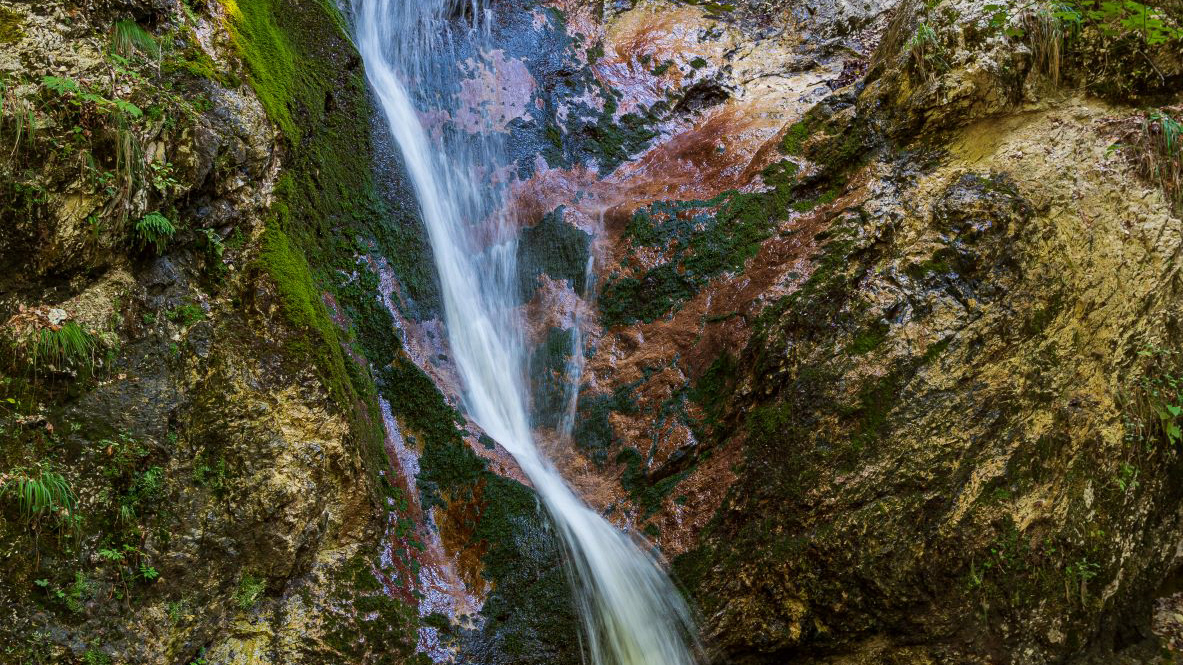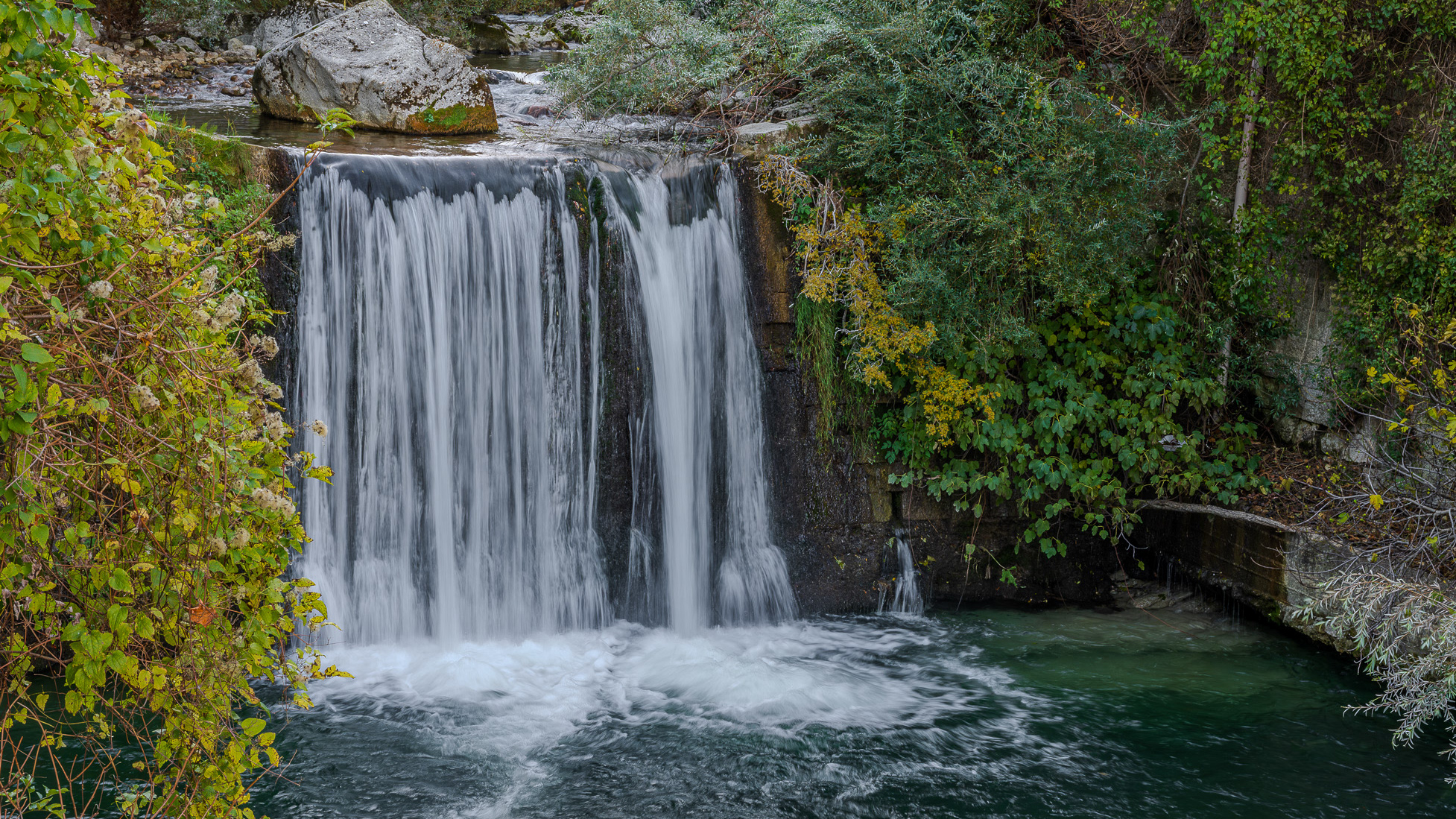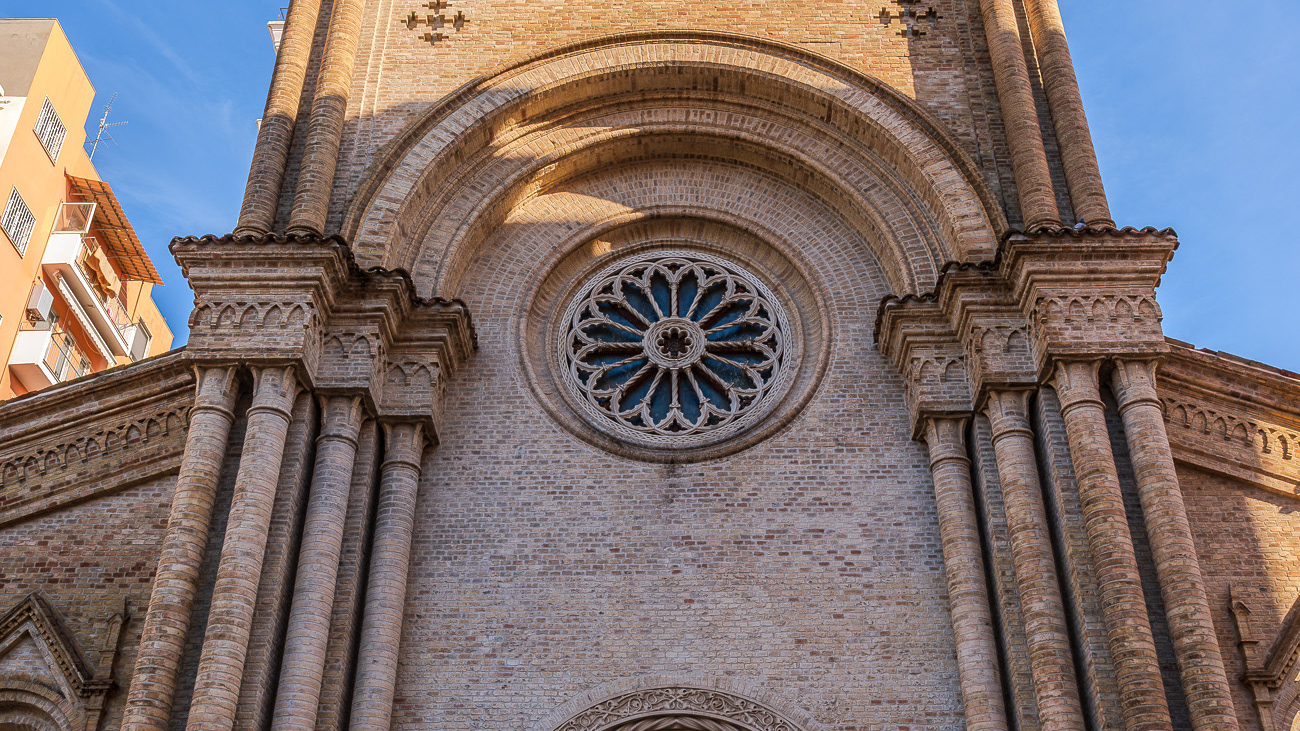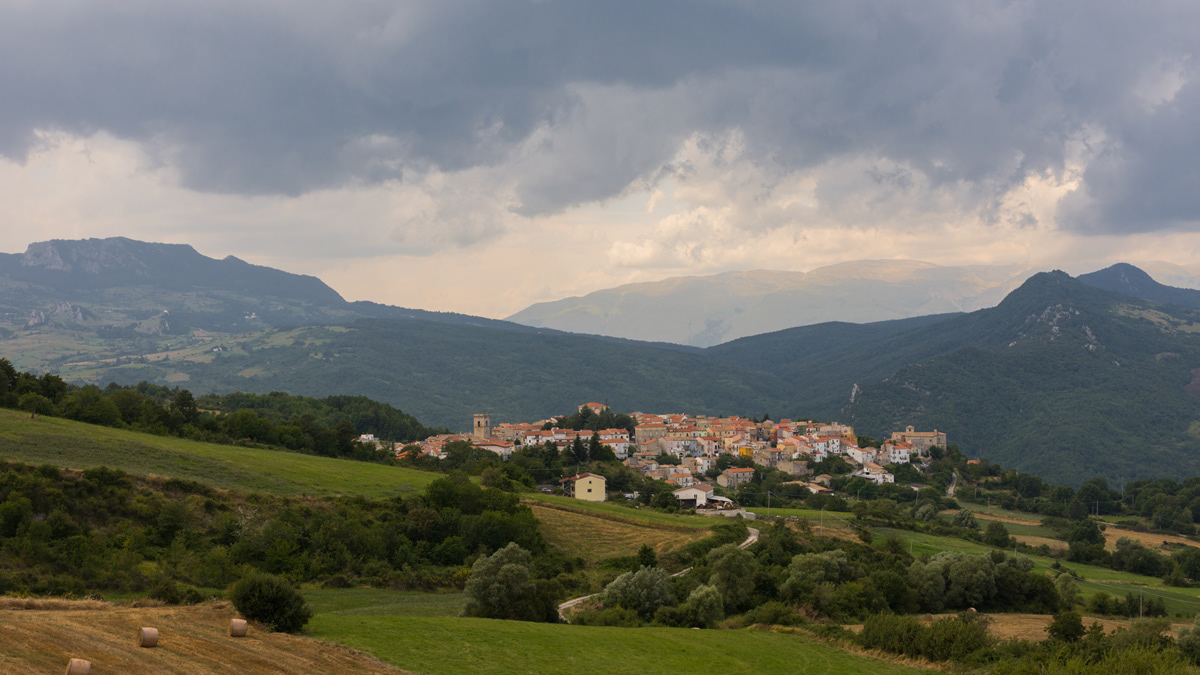P.N.A.L.M. - Part II
2017
The National Park of Abruzzo, Lazio and Molise is a national park including for the most part (about 3/4) in the province of L'Aquila in Abruzzo and for the remainder in that of Frosinone in Lazio and in that of Isernia in Molise. It was inaugurated on 9 September 1922 in Pescasseroli, the current headquarters and central management of the park, while the body of the same name had already been established on 25 November 1921 with a provisional directorate. Its establishment took place officially with the Royal decree-law of 11 January 1923.
You may also like
2023
Scanno. The Church of San Rocco
The Church of San Rocco, known as the Madonna del Carmine is located in Scanno. It is also called the Madonna del Carmine, because since 1784 it has been the seat of a confraternity of the same name
2023
Stiffe Caves, Abruzzo, Italy
The Stiffe caves are a complex of karst caves located near Stiffe, in the territory of the municipality of San Demetrio ne' Vestini (AQ), in Abruzzo, included within the Sirente-Velino regional natural park. Testimony of a unique active resurgence in Italy, made accessible to the public since 1991, today they constitute one of the main naturalistic sites of the L'Aquila area, recording over 40,000 visitors annually. The Stiffe caves represent one of the best-known karst phenomena in central Italy. The complex has been used since the Bronze Age even if archaeological remains have been found inside it dating back to the Neolithic and Eneolithic. The presence of an underground stream that gave rise to the complex led, in 1907 and on the initiative of the Marquis Alfonso Cappelli, to the construction of a hydroelectric plant of which some remains are still visible today near the entrance to the cavities. In 1956, when the plant was dismantled, the first speleological explorations began; after a first visit in 1957, the following year it was the Marche Speleological Group of Ancona that went beyond the first natural siphon. Subsequently, the Roman Speleological Group and, starting from the eighties, the Aquilano Speleological Group continued the first exploration attempts. The speleological excursions were then followed by a process of valorisation of the site which led to the opening of the complex to the public in 1991. In 1994 a mixed group of speleologists from L'Aquila and France managed to access for the first time the unexplored area after the first waterfall while in 1996 the speleology museum named after Vincenzo Rivera was opened. A second extension of the tourist route, up to the current length of about 700 m, was made in 2007 with the opening of the second waterfall to visitors, while the extension of the explored part of the cavity exceeds one kilometre. From 1996 to 2018 the site was managed by the public-private company Progetto Stiffe S.p.A. while it is currently managed directly by the Municipality of San Demetrio ne' Vestini. The 2009 earthquake led to a closure of the caves for safety reasons; the complex was only reopened to the public in 2011.

2018
L'Aquila - Basilica of S. M. di Collemaggio
The basilica of Santa Maria di Collemaggio is a religious building in L'Aquila, located just outside the city walls, on the hill of the same name. Founded in 1288 at the behest of Pietro da Morrone - crowned pope here with the name of Celestino V on 29 August 1294 - it is considered the highest expression of Abruzzo architecture, as well as the symbol of the city and was declared a national monument in 1902. Since 1327 houses the remains of the pontiff, currently preserved inside the mausoleum of Celestino V, built in 1517 by Girolamo da Vicenza, master of Andrea Palladio. It is the seat of an annual jubilee, the first in history, established with the Bull of Forgiveness of 29 September 1294 and known as Perdonanza Celestiniana; therefore, it is characterized by the presence of a Holy Door on the side facade. The church, which boasts the title of minor basilica together with the fellow citizens San Bernardino and San Giuseppe Artigiano, has been remodeled several times over the centuries mainly due to the damage caused by frequent earthquakes and presents a mixture of different architectural styles. Following the 2009 earthquake, it was subjected to consolidation and restoration works which ended in 2017.

2021
La Camosciara Nature Reserve.
La Camosciara is an extensive nature reserve with trails for experienced hikers and beginners, suggestive views and wildlife. It is an integral part of the Abruzzo, Lazio and Molise National Park

2025
Ortona. Basilica of St. Thomas the Apostle
The Cathedral Basilica dedicated to St. Thomas the Apostle was built on the site of an ancient Roman temple. Destroyed by the Normans in 1060, it was rebuilt.

2023
Palena. The waterfalls of the Aventine river
The Aventine is a 45 km long river in Abruzzo, born from the sources of Capo di Fiume, located within the municipality of Palena, located at 863 m above sea level, downstream of the Cotaio stream.

2023
Pescara. Church of the Sacred Heart
It was built in 1886 in neo-Romanesque style. It has a main façade characterized by brick cladding. The interior has three naves, in neo-Romanesque style.
2023
Sulmona. Complex of the Santissima Annunziata.
The Santissima Annunziata complex is the most famous and representative monument of the city of Sulmona, declared a national monument in 1902. The main entrance to the complex is on the Annunziata square although other interesting visual glimpses of the building, especially for architectural interest, are admirable from the adjacent streets, via Pantaleo and via Paolina. The church, founded in 1320 by the confraternity of the Compenitenti together with the annexed hospital, does not retain traces of the original construction, both due to the damage suffered in the earthquake of 1456 and due to the architectural transformation interventions which radically modified the original structure of the sixteenth century. Furthermore, another ruinous seismic event, that of 1706, led to a new, important reconstruction intervention which gave the church a Baroque appearance, with an imposing façade with two orders of columns, the work of Maestro Norberto Cicco from Pescocostanzo ( 1710). The interior is divided into three naves and is covered with stuccos. Among the paintings that embellish the church are the frescoes by Giambattista Gamba on the vaults and the canvases on the side altars, among which the Pentecost of 1598 by a Florentine master and the Communion of the Apostles by Alessandro Salini stands out for their quality. The apse instead presents two works by Giuseppe Simonelli, a pupil of Luca Giordano, the Nativity and the Presentation in the temple and an Annunciation by Lazzaro Baldi, a Tuscan artist who was a pupil of Pietro da Cortona. The choir, in wood, was made by the local artist Bartolomeo Balcone between 1577 and 1579, while the part underneath the organs, in a vaguely rococo style, in carved and gilded wood, is by Ferdinando Mosca. The organs, on the other hand, are the one on the left side by Tommaso Cefalo di Vasto (1749) and the one on the right side was built by the Fedeli di Camerino in 1753. At the end of the right aisle is the altar of the Virgin, in polychrome marble, a work partly executed by the Roman artist Giacomo Spagna (1620), with subsequent contributions by artists from Pescocostanzo. On the right side, shortly after the entrance, there is the tomb of Panfilo Serafini, a Sulmona patriot who died in 1864. The sacristy has carved furniture dating back to 1643 with a series of sacred furnishings from the Baroque era and Neapolitan-made silverware; there are numerous pieces from the church that are placed on display in the local Civic Museum. The bell tower (built between 1565 and 1590, imposing, just over 65 meters high, has a square plan with sides of 7.20 m; it is built on two floors with a pyramidal spire and 4 mullioned windows on each floor. It is the bell tower and tallest tower in Abruzzo.The church was reopened for worship in December 2012 after three years of closure due to the 2009 earthquake.

2025
Crecchio. The Ducal Castle De Riseis-D'Aragona
The castle is composed of four corner towers that enclose as many buildings. It is surrounded by a perimeter of walls that also enclose a garden.

2016
Borrello (CH)
The village of Borrello, as also handed down by Benedetto Croce, was a fief of the Borrello family: the Abruzzo philosopher claims to have found a document from the year 1000 which would suggest some lordship of this family already at the end of the 10th century. In fact, the news is also confirmed in the most ancient historical sources, consulted and collected in the eighteenth century also by Antinori for the drafting of his Annali degli Abruzzi, in which the progenitor of the dynasty, a certain Borrello from whom the Castle then took its name and he perpetuated it over the centuries, he would have been a Frankish leader linked to the Counts of the Marsi. Croce, on the other hand, asserts that the family descends from some exponent of the Borel family of French origin.
